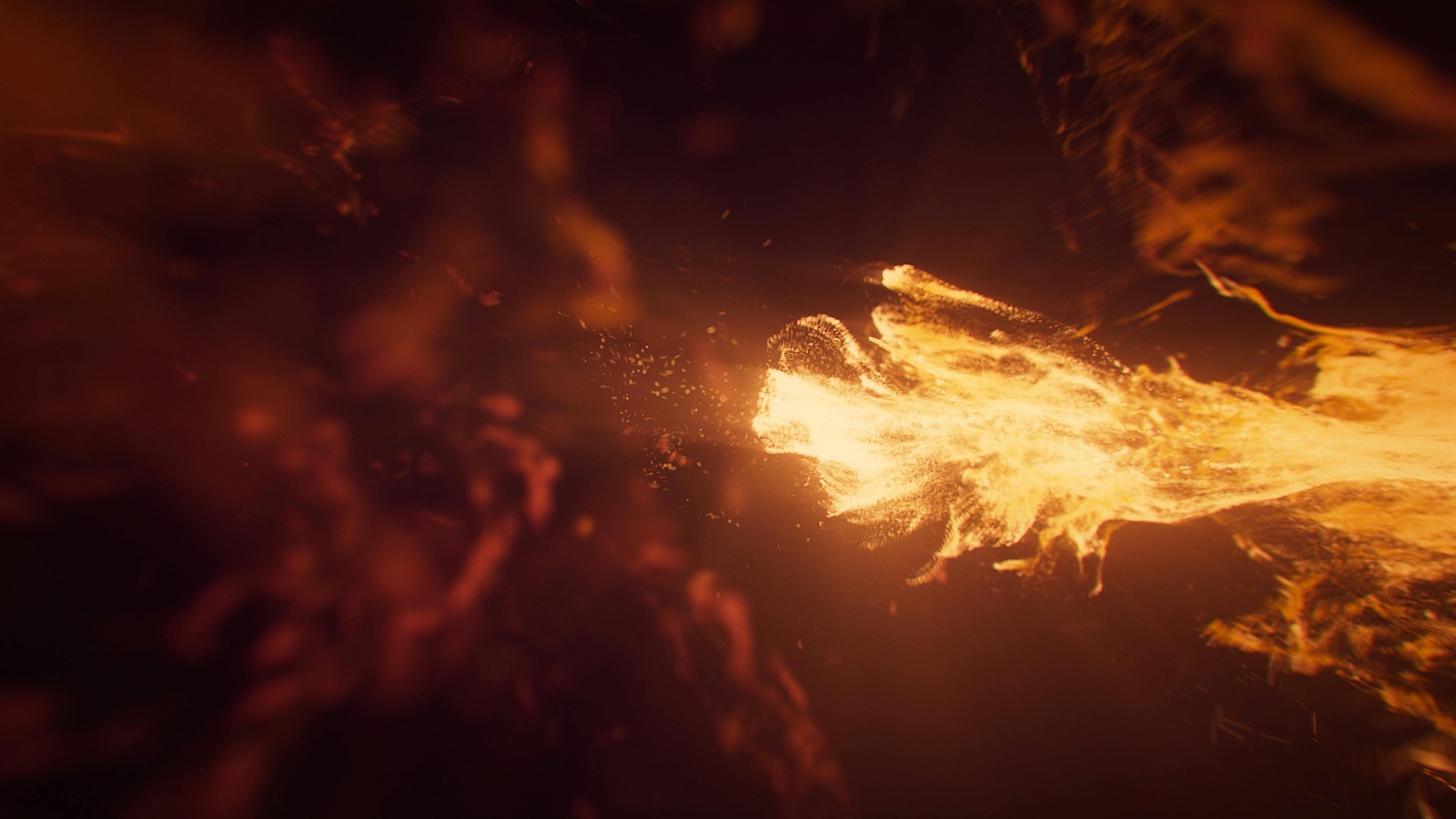When I moved to Brussels with the Wall Street Journal/Europe in the mid-1980s, my father called a friend who had lived there to ask what his 25-year-old single son needed to know about the city. The friend replied: "Brussels is for people with families, but Paris is a short train ride away."
I spent countless weekends in Paris during my three years in Brussels. The first landmark I visited: Notre Dame. The last landmark I visited before moving back from Europe: Notre Dame. The profundity of the place grabbed me and held me. I sometimes sat and read in the plaza in front, just to soak in the ambiance that the bustling tourists created, even when I didn't go inside.
How was fire allowed to gut this treasure?
I'm reminded of a colleague at the WSJ who was an investigative reporter known for seeing the world in black and white. The joke was that his ultimate lede would be: "There are a lot of bad people in the world. Here are their names...."
I want names, people to blame.
But the role of the insurance industry, unlike journalism, is to restore a situation to where it was before a tragedy and then to help prevent future ones, not to identify villains. So:
The restoration part is covered because the Catholic church, the French government and a host of wealthy patrons have rallied to the cause. They won't be able to reproduce the lumber from 13,000 trees that was aged through an intricate process for 50 years before being used in the part of the ceiling that came to be known as "the forest," and they won't reproduce the elaborate carpentry there that helped make Notre Dame a marvel in the Middle Ages. But they will restore Notre Dame well, and we will all enjoy it again. The cathedral that survived the French Revolution (during which statues were publicly beheaded) and two world wars will add another chapter to its history.
That leaves us with the question: How do we prevent future catastrophes?
Prevention requires, first, acknowledging the breadth of the problem. We can't just protect iconic churches like Notre Dame, the cathedral at Chartres and Westminster Abbey, then declare victory. This article catalogs the threat to monuments throughout Western Europe, noting that questions need to be asked "about the state of thousands of other cathedrals, palaces and village spires that have turned France—as well as Italy, Britain and Spain—into open air museums of Western civilization."
Second, we need to be far more aggressive about identifying risks, especially during the precarious, frequent renovations, such as the one that's been taking place at Notre Dame. As this New York Times article details, officials at Notre Dame were complacent. They convinced themselves that 850-year-old timber would burn slowly. (Not even close.) They eschewed firewalls and sprinkler systems because of esthetics. Officials installed a sensitive alarm system but decided they would only summon firemen after a guard verified the alarm, which meant climbing a narrow stairway that would take a fit person six minutes. In the event, the guard dispatched after the first alarm sounded at Notre Dame didn't see a fire, so it wasn't until a second alarm and a second climb into the attic that the blaze was spotted—31 minutes passed between the sounding of the first alarm and the call to the fire department.
Third, we must take advantage of modern digital tools as much as possible. At Notre Dame, a medieval scholar used tripod-mounted lasers four years ago to create a model of every aspect of the cathedral, accurate to within a 50th of an inch, that will guide the restoration. He didn't live to see the extraordinary value of his work, but others can and should build similar models of other landmarks.
The reaction to the fire added a factor to risks, at least related to landmarks, that I confess I didn't see coming but that needs to be considered, even though it will be hard to mitigate. Almost as soon as the fire started, conspiracy theorists began spreading the baseless claim that Islamic extremists had started the blaze at the Catholic holy place. When megadonors offered to finance the restoration, some raised an outcry about how other worthy causes were being neglected. What about the three black churches in Louisiana that had been intentionally burned down? Even, what about the water system in Flint, Michigan?
I'm sad that a fire to a majestic, historic monument can't just be dealt with as a tragedy on its own terms. But I'm happy that more than $2 million has now been donated for the rebuilding of those churches in Louisiana, and that Notre Dame should now get the care it deserves so it can awe and inspire the next 30 or more generations. Let's see if we, as the authorities on risk management, can't do better by the many other touchstones of our civilization.
Cheers,
Paul Carroll
Editor-in-Chief








